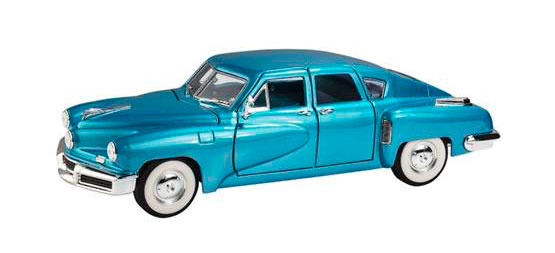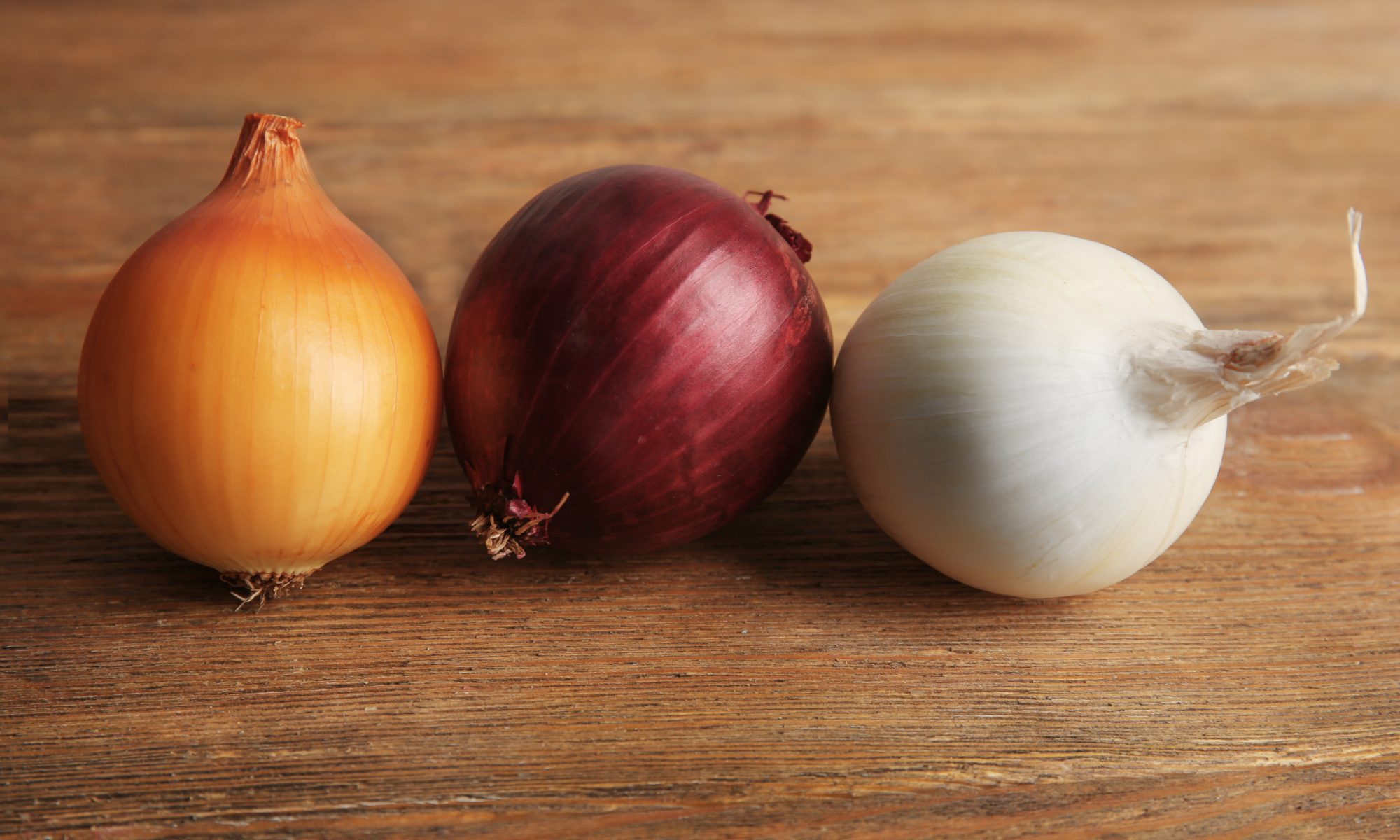The Wall Street Journal wine writer, Lettie Teague, just published her column, called “An Affordable, Highly Versatile Winter Wine,” and is it is about Chenin Blanc. She makes her position known about the varietal right out of the gate, with a lead sentence that reads: “I love Chenin Blanc.”
I love Chenin Blanc too, for all the reasons Ms. Teague points out in her excellent column (all of them are), plus a few more. For starters, I like Chenin Blanc because it is not Chardonnay! While I love Chablis, which is made with Chardonnay grapes, I’m just so blah with Chardonnay, even if the California winemakers have distanced themselves from “the oak-ee buttery” days of Sonoma-Cutrer. Chardonnays are more drinkable now, but just for drinking, or paired with some foods (Chenin Blanc even pairs well with turkey, according to Lettie), give me a nice Chablis or Chenin Blanc and I will merrily sit on my front deck chair overlooking the vineyard across the street, or start my kitchen prep for dinner that night.
When her recent piece mentioned Vouvray – early in the article, that Loire Valley wine brought me instantly back to the late 1970s, and skiing, in Aspen, Colorado. It was our habit to stuff bottles of Vouvray in our backpacks and, since we were always the first ones on the chair lifts and first to reach the top of the mountain (other than the ski patrol), we would cut into the woods near the top of the mountain, then place the Vouvray in snow someplace hidden, but findable, for a return about 5 hours later. The locations were always on the western side of the mountains so we could ski our asses off and then sneak off into the woods to a clearing in the sun and sit with our wine. Why it was Vouvray, I don’t recall. There was a high-end bottle shop in downtown Aspen back then – probably still is, that all of us had accounts with, meaning, we would pick up wine or spirits now and again and pay our tabs at the end of the month. What a charming thing. But we also thought we were big shots because we had wine accounts at a fancy liquor store in Aspen, and were barely of legal drinking age. What we didn’t know! At least we had good taste, yet the truth is, we were probably drinking that Chenin Blanc because it had a reputation for being good. Our palettes didn’t know any better, but since we all had good paying jobs, we could afford it, so why not? Besides, it was a lot more affordable than the blow back then! I digress.
Which brings me to last Friday, the day after Thanksgiving. We took ourselves on a little road trip. We call them “our adventures,” as it is our way of getting out of normal routines and places, and seeing the world. And some of our nearby places are world-famous, too. In this case, the Napa Valley. From where I live, it is 26 minutes through the mountains separating the Napa and Sonoma valleys, and the road taken drops us into the little hamlet of Calistoga, a slightly funky, historical tourist town but not for wine, rather, for its natural geothermal hot springs. People from San Francisco used to come up to Calistoga in the 1800s to “take in the waters” for arthritis and all sorts of ailments. Some of the medical practices and medicines back then were a little wacky, to say the least, but they were on to something – how soaking in warm and hot water is so healing. Calistoga is also the northern-most town in the famous Napa Valley, and many tourists don’t make it that far north, as the majority of the 900-plus wineries in the valley are in the center near Helena—or south around Rutherford. The “900” is likely debatable; that was the number our server at Inglenook gave us in his discussion of Napa Valley wines; a simple fact check tells me there are about 400 wineries in Napa (according to 3 sources) while another source lists 1,700 registered with some government agency as a winery. Does it matter to you, reader? Accuracy matters to me, but I’m only taking some research, so far. Any way you slice it, there are a lot of wineries in the Napa Valley.
On recommendation and while driving south toward our first stop, we bought sandwiches to go at Guigni’s Deli in downtown St. Helena, a so-called “World Famous Sandwiches” place. We did devour them (pastrami) on a bench in the sun in the parking lot at Inglenook, which was a good thing – besides being hungry, because once we approached the entrance to the winery there was a sign that said “no picnicking.” Too late for that.
Anyway, on wine, we drank a lovely glass of a white Rhone blend at Inglenook that had Viognier among the three varietals in the glass, toured the facility, including the museum on property that is part homage to Francis Ford Coppola’s filmmaking career (he bought the winery in 1975, allegedly with the profits he made from making The Godfather). We even ‘met’ his daughter, Sophia, also a filmmaker, though in reality I just said hello to her when she arrived with her party of 4 (including her), for a book signing. Apparently, she has just produced a coffee-table book of some sort. Some fast facts from the visit. The winemaker at Inglenook, Philippe Bascaules, is also the winemaker at Chateau Margaux, the Bordeaux winery founded in 1855. Francis Ford Coppola’s father, Carmine, wrote all of the original music in The Godfather. What a talented family! Not bad for some guys from Detroit.
Inglenook is one of only a handful of wineries in Napa that are licensed to sell wines by the glass or bottle on the grounds, and that is exactly what they do. No wine tasting here. We just bought three glasses of wine at $17 each and walked around. In the second floor of this magnificent building, (which itself has a deep history going back to the 19th Century that involves a European ship’s captain with a significant interest in wine https://www.inglenook.com/story/history that led to the 1887 construction of the Chateau we toured), there was classic old car in mint condition parked opposite of the top of the stairs. It was a blend of blue, green and turquoise and without being a car guy, looked like it was from the 1940s. Upon closer inspection, I wondered out loud if this was the car Sunny was shot to death in at the causeway in Godfather 1. One of the staffers passed by as I said that, and he said “no, though a lot of people think it is.” The car is a Tucker.

This is a 1948 Blue Tucker Torpedo, which can be bought online for as little as $40 (for a model of the car). Francis Ford Coppola directed the 1988 movie, Tucker: The Man and His Dream, starring Jeff Bridges.
Wine consumed, we decided to stop by a place we eyed on the way south to Rutherford, as we drove back north to go to Chateau Montelena for a 3 pm tasting. The place we stopped was The Prisoner, and there, tasting a Viognier, then a Rose (made from GSM grapes that eerily reminded us of Marquiliani Vin de Rose, for good reason – Marquiliani (Corsica) is mostly Mourvèdre and Grenache), and finally The Prisoner’s classic Red Blend ($52, half Syrah, half Petit Syrah) and its rich uncle, called Derange ($100, and also a red blend with the Syrah’s plus some Cabernet Sauvignon). It was then that I came up the tongue-and-cheek phrase, Give Napa a Chance. The unusual title has its roots in the anti-war song written by John Lennon in 1969 (it was originally credited to Lennon-McCartney), Give Peace a Chance. Yet that goes back to an earlier and spontaneous comment Lennon made when answering a reporter’s question why he and Yoko Ono had spent all day in bed during a “bed in” day to protest the Vietnam War and to promote peace by staying in bed all day. Lennon said his reason for staying in bed all day with his woman was to give peace a chance.
Off topic, sort of, but writing this reminds me of the time I spoke with an older Vietnamese man (way back in the 1990s) who corrected me when I asked him about his experience during the Vietnam War. He smiled softly and gently corrected me in good though accentuated English: “We call it the American War.” I remember that I did not say a word in response, as I grasped his meaning instantly and clearly.
One primary reason I had the notion of cutting Napa some slack and in particular, this wine, The Prisoner, is that I had written about it a year or so ago and in less than complimentary terms. Mind you, it was not disparaging, though it was a little bit dismissive.
A secondary reason, and for readership background, we have a little fun over in the Sonoma Valley where I live, and routinely snub or eschew Napa wines for our home-grown favorites. We’ll even invoke the standard line that I first heard in the Central Coast wine region around Paso Robles, and one winery actually sold T-shirts, with the words printed on the back: “Napa is for Auto Parts.”
I started changing my mind about The Prisoner just a couple months ago. We were in Hawaii and our first night in Kapa’a (on Kauai), we did take out from a roadside grill shack called Chicken In a Barrel, where they smoke and BBQ chicken and ribs. FUCK! Talk about delicious! It was so good that we went back the next night. The only difference is that day we had stocked up the time share condo kitchen with groceries, spirits and wine from the local Safeway, which included a bottle of The Prisoner. We drank The Prisoner the second time we had Chicken In A Barrel. What a brilliant pairing!
I did not give the wine another thought until that Friday after Thanksgiving in 2023. The Prisoner is a very worthy winery, and affordable by Napa standards. I’m even thinking about joining its wine club. If a winery can satisfy my palette with three of my favorite wines to drink – Viognier for a white, Rose for any occasion, and Red Blends with a variety of foods, I have to change my mind about the wine and where it is produced.
Combine the total beauty of the Napa Valley, with its forested slopes on the western side of the valley and craggy, mountainous crests on the eastern ridgeline, and all those glorious vineyards in between, the delightful flight of wines we tasted at Chateau Montelena (great Merlot), I encourage everyone to do more than just give Napa a chance. Go and enjoy what the region does best – which is making and serving world-class wines.

